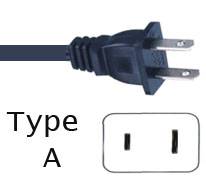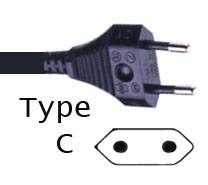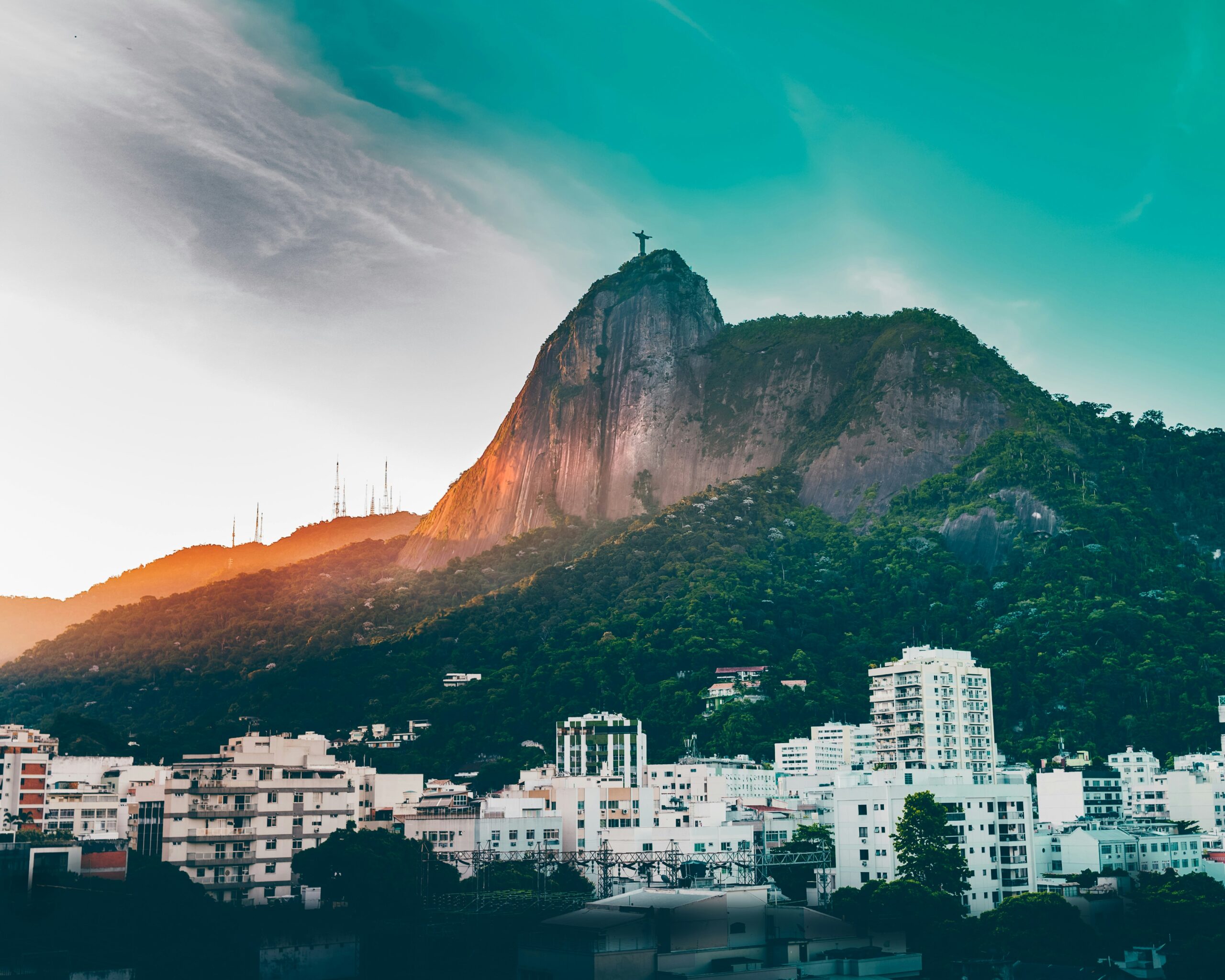Bolivia, nestled in the heart of South America, is a country of stunning landscapes, rich cultural heritage, and indigenous traditions. From the otherworldly salt flats of Salar de Uyuni to the lush Amazon rainforest and the soaring peaks of the Andes Mountains, Bolivia offers travelers a diverse array of experiences. Explore the vibrant markets of La Paz, discover the ancient ruins of Tiwanaku, or trek through the rugged terrain of the Altiplano. With its warm hospitality, colorful festivals, and deep-rooted spirituality, Bolivia invites visitors to immerse themselves in its unique blend of natural beauty and cultural authenticity.
Ultimate Bolivia Travel Guide
Destinations
Best time to go
The best time to visit Bolivia depends on the region and the activities you have planned. Generally, the dry season (May to October) is ideal for exploring the highlands, including the salt flats and Andean regions, while the wet season (November to April) is best for visiting the Amazon rainforest and experiencing lush landscapes. Keep in mind that temperatures can vary widely depending on altitude, so it’s essential to pack accordingly.
Average Temperature By Month
January: 10°C to 20°C (50°F to 68°F)
February: 10°C to 20°C (50°F to 68°F)
March: 10°C to 20°C (50°F to 68°F)
April: 10°C to 20°C (50°F to 68°F)
May: 10°C to 20°C (50°F to 68°F)
June: 10°C to 20°C (50°F to 68°F)
July: 10°C to 20°C (50°F to 68°F)
August: 10°C to 20°C (50°F to 68°F)
September: 10°C to 20°C (50°F to 68°F)
October: 10°C to 20°C (50°F to 68°F)
November: 10°C to 20°C (50°F to 68°F)
December: 10°C to 20°C (50°F to 68°F)
What To Expect
Time Zone:
Bolivia operates on Bolivia Time (BOT), which is four hours behind Coordinated Universal Time (UTC-4). However, some regions, such as the department of Pando, may observe daylight saving time.
Currency:
The official currency of Bolivia is the Bolivian Boliviano (BOB). US dollars are widely accepted in tourist areas and major cities, but it's advisable to carry local currency for smaller purchases and when visiting rural areas.
Language:
Spanish is the official language of Bolivia and is spoken by the majority of the population. Indigenous languages, such as Quechua and Aymara, are also widely spoken, particularly in rural areas and among indigenous communities.
Airport:
El Alto International Airport (LPB) in La Paz is the main international airport serving Bolivia. Viru Viru International Airport (VVI) in Santa Cruz de la Sierra is another major airport with international connections. Additionally, Jorge Wilstermann International Airport (CBB) in Cochabamba and Juana Azurduy de Padilla International Airport (SRE) in Sucre serve domestic and regional flights.
How To Get Around
Public Transportation: Bolivia’s major cities have public transportation systems, including buses and trams. In La Paz, the Teleférico (cable car) system offers a unique way to navigate the city’s steep terrain. In rural areas, transportation options may include minibusses and shared taxis.
Rental Cars: Renting a car is possible in Bolivia, but it’s not as common as in other countries due to road conditions and safety concerns. However, car rental agencies are available in major cities and tourist destinations.
Domestic Flights: Domestic flights are available between major cities and regional airports. Several airlines operate domestic routes, providing convenient connections across the country.
Average Temperature By Month:
January: 10°C to 20°C (50°F to 68°F)
February: 10°C to 20°C (50°F to 68°F)
March: 10°C to 20°C (50°F to 68°F)
April: 10°C to 20°C (50°F to 68°F)
May: 10°C to 20°C (50°F to 68°F)
June: 10°C to 20°C (50°F to 68°F)
July: 10°C to 20°C (50°F to 68°F)
August: 10°C to 20°C (50°F to 68°F)
September: 10°C to 20°C (50°F to 68°F)
October: 10°C to 20°C (50°F to 68°F)
November: 10°C to 20°C (50°F to 68°F)
December: 10°C to 20°C (50°F to 68°F)
Plugs:
Bolivia uses electrical outlets that are compatible with Type A and Type C plugs. Type A plugs have two flat parallel pins, while Type C plugs have two round pins. The standard voltage is 230 volts AC, with a frequency of 50Hz.
VPN:
While Bolivia generally has unrestricted internet access, using a virtual private network (VPN) can provide added security and privacy, especially when accessing public Wi-Fi networks.
Safety:
Bolivia is considered relatively safe for travelers, but it's essential to take standard precautions to ensure your safety and well-being. Be mindful of your belongings, particularly in crowded tourist areas and when using public transportation. Avoid walking alone at night, especially in urban areas, and be cautious when withdrawing money from ATMs. Additionally, respect local customs and traditions, and follow any travel advisories or warnings issued by authorities.
Credit Cards and Banks
Credit Cards:
Credit card acceptance in Bolivia can vary depending on the establishment and location. While major credit cards like Visa and MasterCard are accepted in some hotels, restaurants, and larger shops in urban areas, cash is still the preferred method of payment in many places, especially in rural areas. It’s advisable to carry sufficient cash for transactions, especially when visiting more remote areas.
Debit Cards:
Debit cards are commonly used in Bolivia for ATM withdrawals and some purchases. Most banks issue debit cards that can be used domestically and internationally. Make sure to inform your bank of your travel plans to avoid any issues with card usage abroad.
ATMs:
ATMs are available in major cities and tourist destinations in Bolivia, allowing you to withdraw Bolivian Bolivianos (BOB). However, ATM availability may be limited in more remote areas and smaller towns. It’s advisable to use ATMs located inside banks or reputable establishments to avoid issues such as card skimming.
Currency Exchange:
The official currency of Bolivia is the Bolivian Boliviano (BOB). It’s recommended to carry Bolivian Bolivianos for transactions in Bolivia. You can exchange major foreign currencies at banks, currency exchange booths, and some hotels. US dollars are also widely accepted for exchange, especially in tourist areas.
Banks:
Major banks in Bolivia include:
- Banco Mercantil Santa Cruz: One of the largest banks in Bolivia, Banco Mercantil Santa Cruz offers a range of banking services including savings accounts, loans, and foreign exchange.
- Banco de Crédito de Bolivia (BCB): Another prominent bank in Bolivia, Banco de Crédito de Bolivia provides various banking products and services for individuals and businesses.
Traveler’s Checks:
Traveler’s checks are becoming less common worldwide, and their usage is limited in Bolivia. It’s recommended to carry cash or use alternative payment methods such as credit/debit cards or ATMs for transactions. However, some banks may still offer services for cashing traveler’s checks, albeit with a fee.
Tips for Banking in Bolivia:
- Notify your bank before traveling to Bolivia to inform them of your travel plans and avoid any issues with card usage abroad.
- Keep your PIN and card information secure, and be cautious when using ATMs, especially in secluded areas or at night.
- Familiarize yourself with the current exchange rate to ensure fair transactions when exchanging currency.
- Carry small denominations of Bolivian Bolivianos for smaller purchases, as change may be limited.
By understanding the banking system in Bolivia, you can ensure a smooth and hassle-free financial experience during your travels in the country.
Locations
Bolivia
TRAVEL FACTS
US State Dept Travel Advisory
The US Department of State currently recommends US citizens exercise increased caution in Bolivia due to civil unrest. Some areas have increased risk.
https://travel.state.gov/content/travel/en/traveladvisories/traveladvisories.html
Passport/Visa Requirements
For the latest passport and visa requirements for this country, please consult the U.S. State Department’s “Learn About Your Destination” search tool, available through the link below.
US Embassy/Consulate
[591] (2) 216-8000; US Embassy in La Paz, Avenida Arce 2780, Casilla 425, La Paz, Bolivia; https://bo.usembassy.gov/; ConsularLaPazACS@state.gov
LGBTQIA+ Travelers
Telephone Code
591
Local Emergency Phone
911
Vaccinations
The CDC and WHO recommend the following vaccinations for Bolivia: hepatitis A, hepatitis B, typhoid, yellow fever, rabies, meningitis, polio, measles, mumps and rubella (MMR), Tdap (tetanus, diphtheria and pertussis), chickenpox, shingles, pneumonia, influenza, COVID-19.
Climate
Varies with altitude; humid and tropical to cold and semiarid
Currency (Code)
Bolivianos (BOB)
Electricity/Voltage/Plug Type(s)
230 V / 50 Hz / plug types(s): A, C


Major Languages
Spanish, Quechua, Aymara, Guarani
Major Religions
Roman Catholic, Protestant, Believer, other
Time Difference
UTC-4 (1 hour ahead of Washington, DC, during Standard Time)
Potable Water
Opt for bottled water
International Driving Permit
Suggested; additionally, if you plan to drive in Bolivia, you will need an Inter-American Driving Permit issued by the AAA
Road Driving Side
Right
Tourist Destinations
Sajama National Park; Oruro Carnival; Jesuit Missions of the Chiquitos; La Paz (includes the Metropolitan Cathedral of Our Lady of Peace); Torotoro National Park; Tiwanaku; Yungas Road cycle route (“Death Road”); Qhapaq Nan/Andean Road System
Major Sports
Soccer, trompo (top game with attached string)
Cultural Practices
It’s normal to greet everyone you talk to with a formal “good morning/afternoon/evening” (“buenos dias, buenas tardes/noches”) before starting conversation; failure to do so can be taken as rude.
Tipping Guidelines
In restaurants, a tip of 5-10% is in order if you are happy with the service. Taxi drivers do not expect tips unless you hire them for the day, in which case 10% is appropriate.
Souvenirs
Native pottery and handicrafts, paper mache and copper decorations, llama and alpaca woolen items, woven ponchos, jewelry and “good luck” charms
Traditional Cuisine
Salteñas (empanadas) — savory pastries filled with beef, pork, or chicken mixed in a sweet, slightly spicy sauce containing olives, raisins, and potatoes
Please visit the following links to find further information about your desired destination.
World Health Organization (WHO) – To learn what vaccines and health precautions to take while visiting your destination.
US State Dept Travel Information – Overall information about foreign travel for US citizens.
To obtain an international driving permit (IDP). Only two organizations in the US issue IDPs:
American Automobile Association (AAA) and American Automobile Touring Alliance (AATA)
How to get help in an emergency?
Contact the nearest US embassy or consulate, or call one of these numbers:
from the US or Canada – 1-888-407-4747 or from Overseas – +1 202-501-4444
Central Intelligence Agency.
The World Factbook.
/the-world-factbook
(May 8, 2024)



